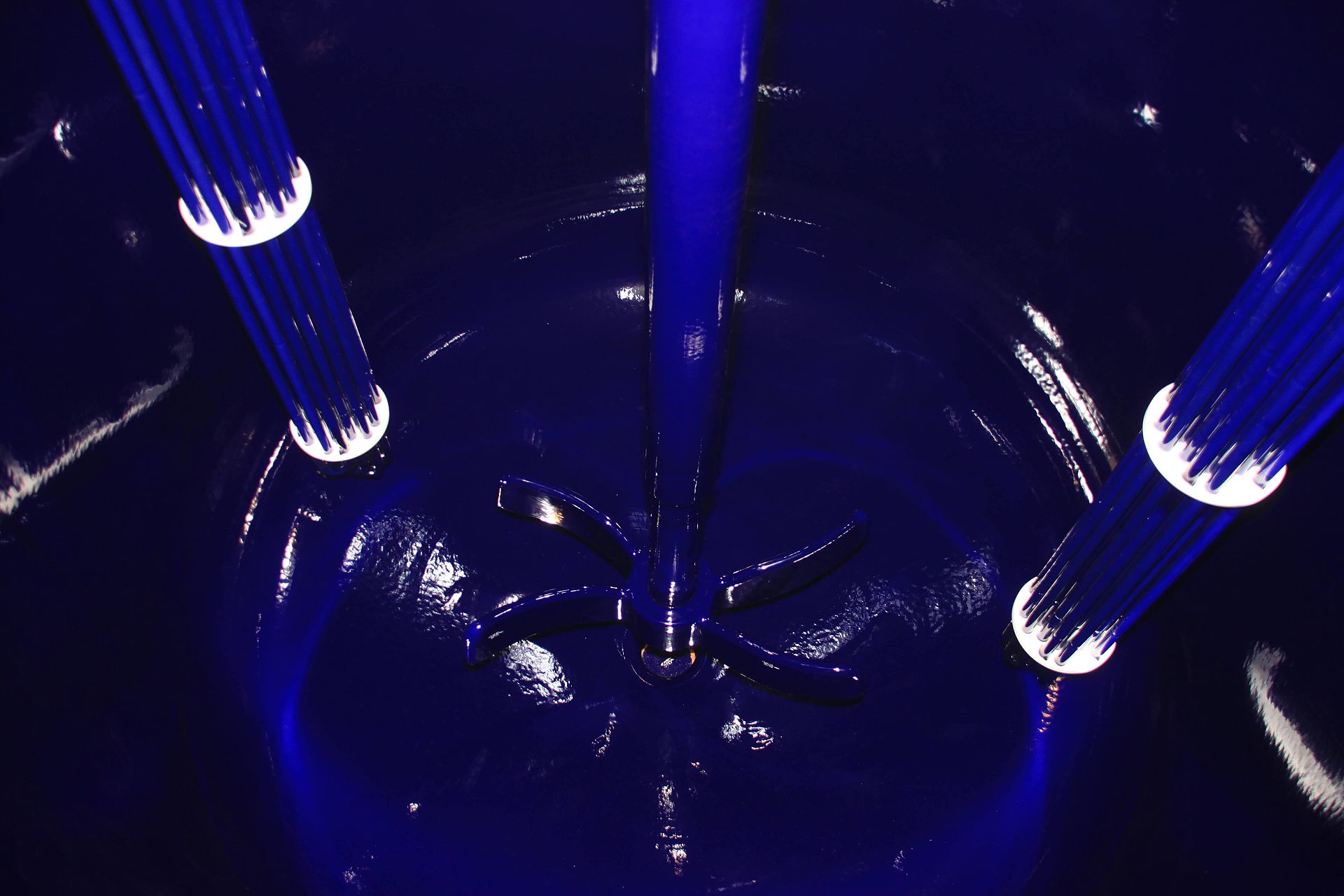The THALETEC PowerBaffle replaces baffles of glass lined equipment and add the function of integrated heat exchangers. You increase drastically and without efforts the effective heat exchanger area (up to 2.5 times), if compared with a simple jacketed vessel. Process flow times are accelerated, heating and cooling speed up, process periods are reduced and improved and so the yield of your plant equipment is significanlty increased.
The following Workshops you learn all about thermal optimization of your facilities.
Possible applications include evaporators, condensers, and liquid/liquid heat exchange. Of special benefit is the option to provide corrosion resistance on the inside/outside or on both sides.
In addition to the 2-base design frequently chosen, heat exchangers with a single glass lined tube base are also available. The advantage of this design is that the number of joints between tubes and tube bases is halved compared to the design with two tube bases.
Heat exchangers installed in systems that require regular inspections and cleaning ease are additionally equipped with inspection openings on the face side.
In order to make it as easy as possible for you to define your specifications for glass lined heat exchangers with SiC tubes and to submit a query, you may download a specifications sheet here, where you can fully describe your application. Simply complete the form and send it to us, and we will be pleased to submit a proposal.
The tubes are inserted without stress into the glass lined tube base(s). This kind of connection totally eliminates mechanical stress and tension of the SiC tubes. Thermal system stress is not transferred to the tubes as a result of the gasket concept.
In view of the application limits of -1/16 bar and temperatures up to 200 °C, heat exchange surfaces of up to 25 m² can currently be achieved with a nominal width of DN 500. The body has been glass lined by the known technical processes and is also available with an external jacket on request for further performance improvements. The achievable heat transfer coefficient K amounts to 350 to 1400 W/m²K.




